Leora J. Goodin
I'm a blogger dedicated to sharing insights on lifestyle and wellness. Through personal stories and practical tips, I aim to inspire and empower my readers to lead healthier, more fulfilling lives.
Students and teachers save a massive 71% on Creative Cloud All Apps
Black Friday and Cyber Monday 2023 Deals for Motion Designers, grab it now!
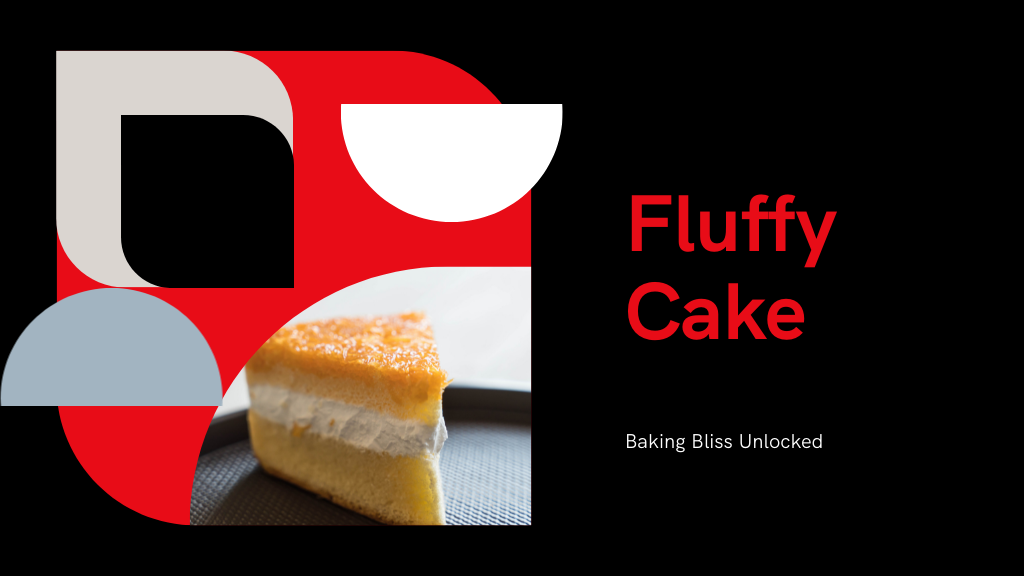
Just uncover the 5 secrets to fluffy cake perfection—precise measurements, special flours, and gentle mixing—but the final tip will truly amaze you.

You’ll get fluffy cake perfection by measuring ingredients precisely—use a scale for accuracy. Choose cake flour for a lighter texture, and add a mix of butter and oil to keep it moist and flavorful. Avoid overmixing to prevent toughness; fold gently and stop when flour just blends in. Bake at a steady low temperature and test doneness carefully. Keep these tips in mind, and you’ll be ready to reveal even more baking secrets.
Although it might seem simple, measuring your ingredients accurately is crucial for achieving the perfect fluffy cake. When following a fluffy cake recipe, precision makes all the difference in texture and moisture.
Use a kitchen scale for the most accurate results, especially for flour and sugar, as slight variations can affect your cake’s rise and softness. For solid ingredients like flour, avoid scooping directly from the bag; instead, spoon it into a dry measuring cup and level it off with a knife to prevent packing.
For liquids like milk or oil, use a liquid measuring cup with a spout to pour easily without spills. Mastering these measuring techniques guarantees your fluffy cake turns out consistently light and tender every time.
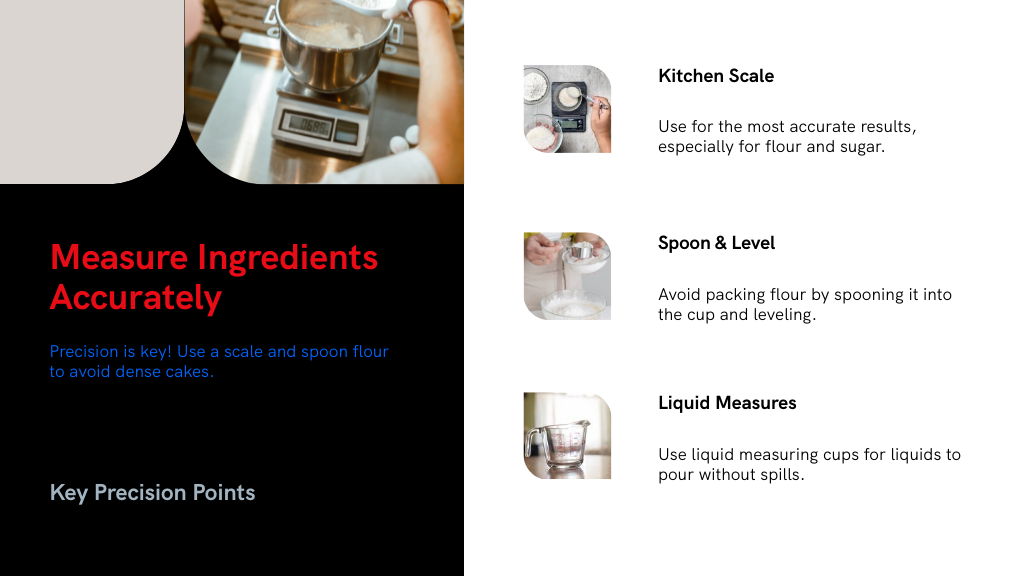
When you want a cake that's exceptionally soft and tender, using cake flour makes all the difference. Cake flour has a lower protein content—about 7-9%—which means less gluten forms when you mix your batter. This results in a lighter, fluffier texture perfect for delicate cakes like angel food or sponge cakes.
Lower protein means less gluten and a lighter, fluffier cake perfect for delicate desserts.
Its fine texture also absorbs liquids better, giving your cake a tender crumb. If you don’t have cake flour on hand, you can mimic it by replacing 2 tablespoons of all-purpose flour with cornstarch for every cup used. Just keep in mind, cake flour isn’t ideal for chocolate cakes since cocoa powder already softens the texture.
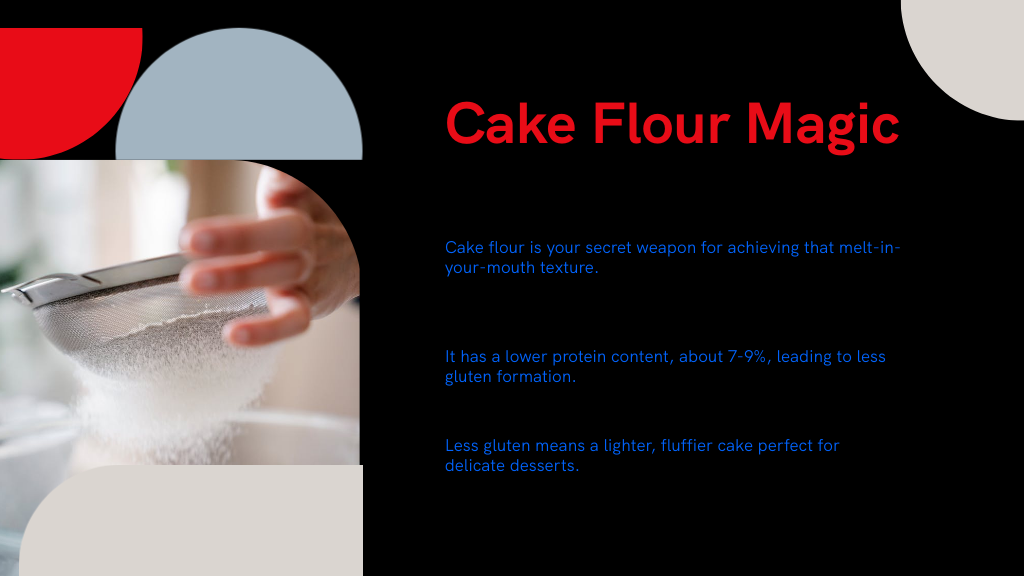
Since fats are key to both flavor and moisture, choosing the right combination can transform your cake’s texture. Using a mix of butter and vegetable oil is a smart move—while butter adds rich flavor, vegetable oil stays liquid at room temperature, keeping your cake moist longer. Aim for about 1/4 cup of oil per stick of butter to balance taste and moisture.
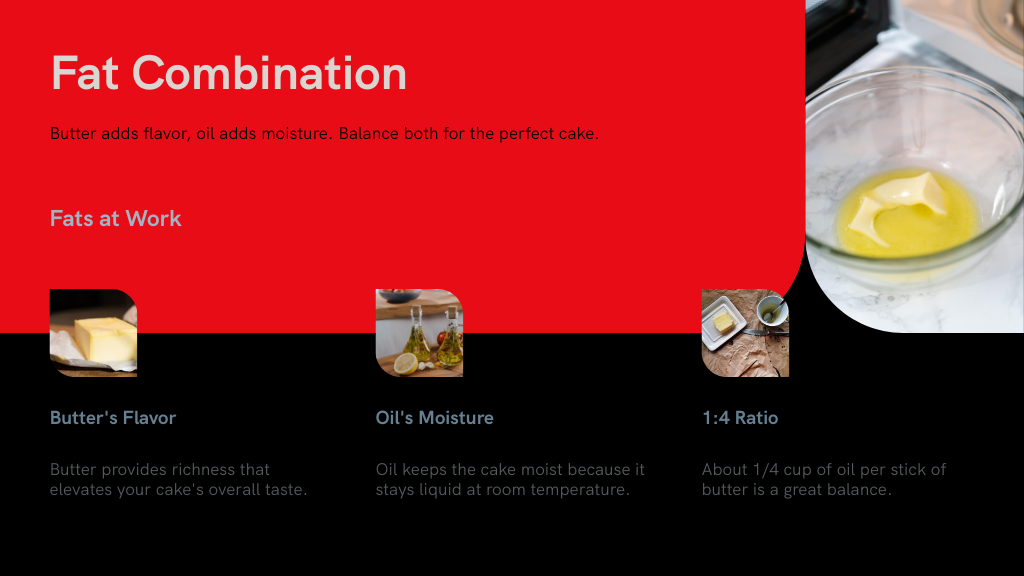
You can also boost softness by adding ingredients like mayonnaise or sour cream. For extra moisture retention and stability, try mixing in instant pudding or Instant Clearjel at about 1/4 cup per 2 cups of flour.
If you want a light and fluffy cake, you’ve got to master your mixing technique to avoid overworking the batter. Overmixing flour develops gluten, making your cake dense and tough instead of airy.
Use gentle folding motions to preserve the delicate air bubbles formed during creaming. Once you add the flour, mix just until combined—no more. Incorporate room temperature ingredients to guarantee even blending and avoid clumps that tempt overmixing.
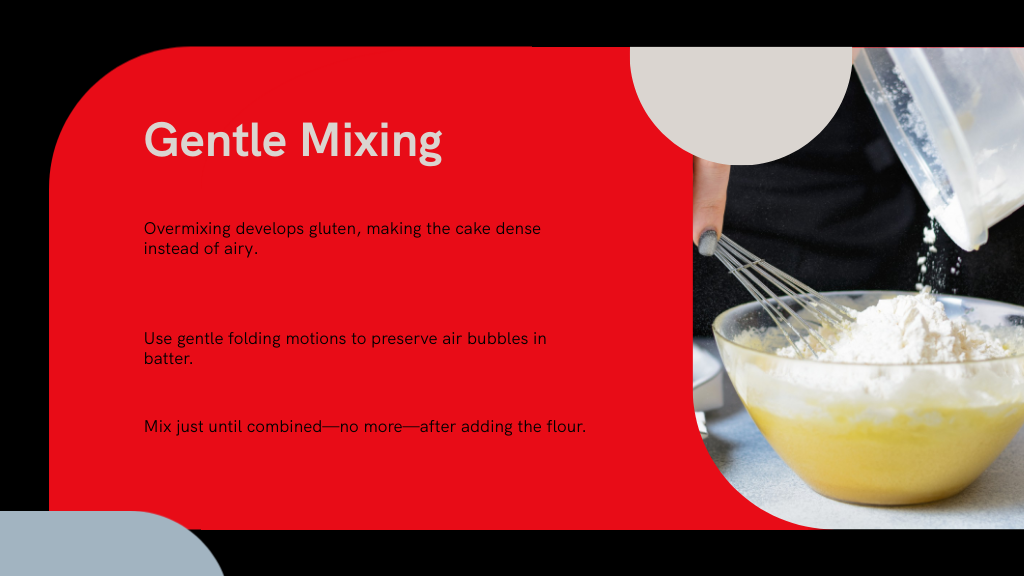
You might also try the reverse creaming method, mixing flour with fat first; this coats the flour, limiting gluten formation and producing a tender crumb.
Although it might be tempting to crank up the heat for a faster bake, maintaining a lower oven temperature between 300-325 degrees Fahrenheit is key to keeping your cake moist and fluffy.
To guarantee success, verify oven temperature, check doneness early, and cool cakes properly before removing from the pan.
To guarantee success:
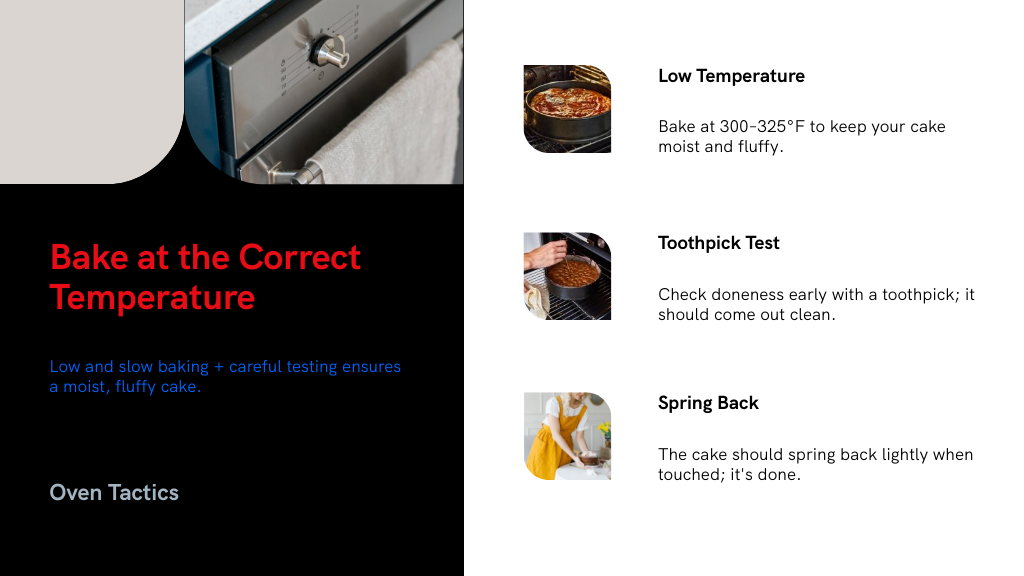
Following these steps helps you achieve perfectly baked, airy cakes every time.
Remember, practice makes perfect when it comes to baking fluffy cakes. By measuring your ingredients accurately, choosing cake flour, using the right fats, mastering your mixing, and baking at the correct temperature, you’ll get closer to that perfect texture every time. Don’t rush the process—enjoy each step, and soon enough, you’ll impress everyone with your soft, moist creations. Keep at it, and you’ll find baking fluffy cakes is as rewarding as it is delicious!
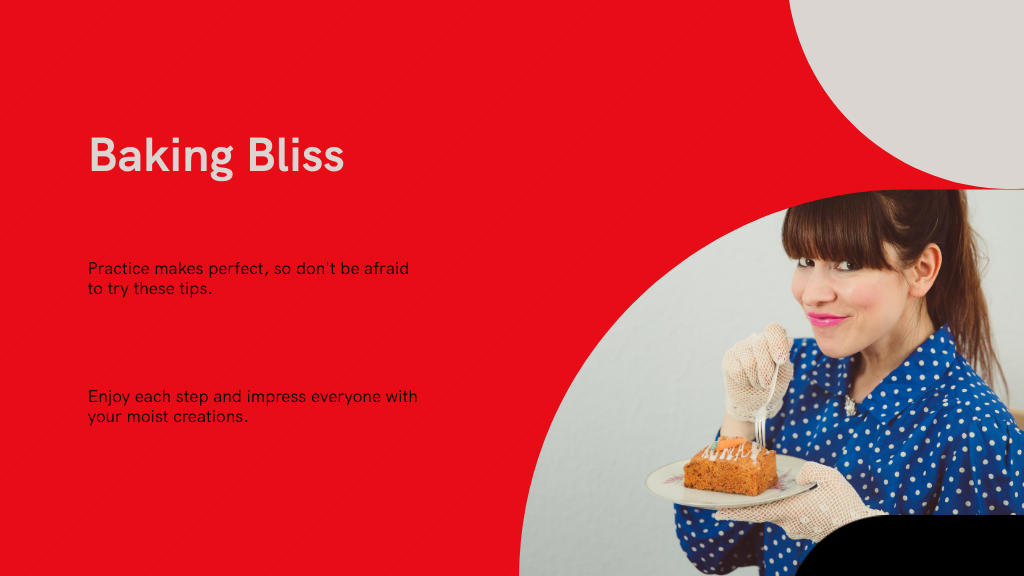
Your email address will not be published. Required fields are marked *